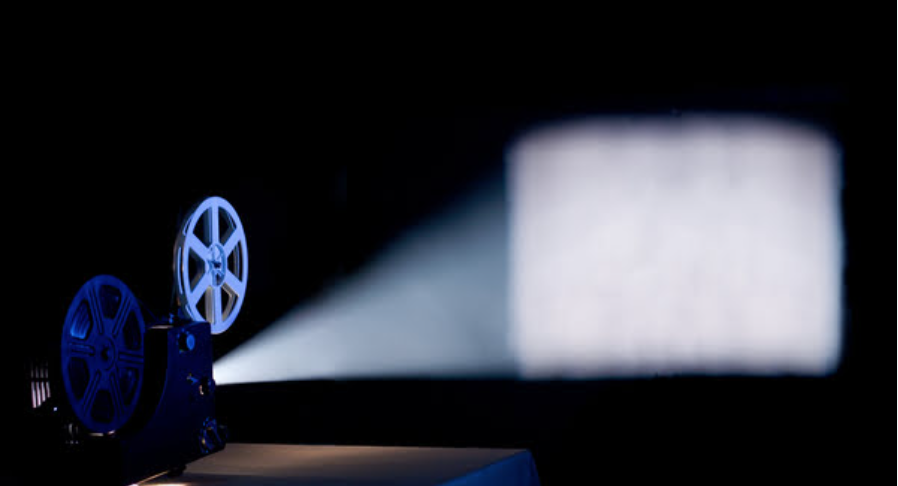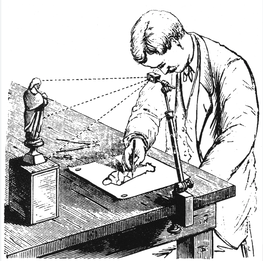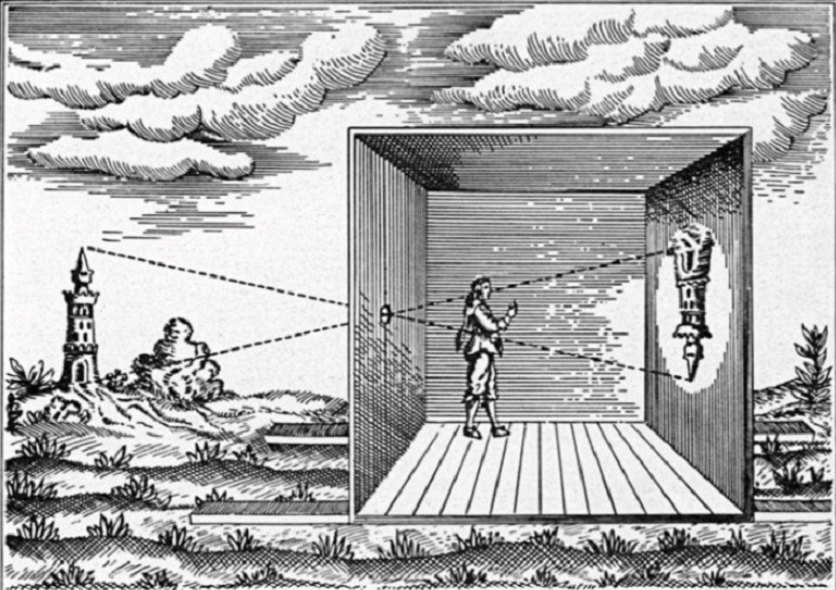Blog
|
I was a little surprised the other day when I heard that a fellow artist questioned by distinction with the Federation of Canadian Artists simply because I use a projector to aid in transferring my image to canvas. First of all the artist in question holds a much lower distinction, so there may be some insecurity/jealousy on her part. I was shocked to hear her comments. The staff who spoke to her made it clear that my work earned the distinction simply on the merit of the paintings that I produce.
The residue of this conversation has me thinking about a book I read recently that blew my mind. Since about the 15 Century there is evidence that artists were using a lens to assist them in transferring an image to the painting surface. About 1420- suddenly everyone can draw better. Artists such as Caravaggio, da Vinci, Durer, Frans Hals, Ingres, Vermeer, Van Eyke, and Velasques, to name just a few. If the artists themselves were not using a lens directly the changes in the style of art after the use of the lens definitely influenced them, and every artist since. The use of a lens in the transfer of images revolutionized the way art has been made ever since. Have you ever seen early portraits that were done only in profile or straight on? When artists starting doing 3/4 profile portraits, why was that? The use of a lens. How about perspective? Early landscape pieces have a wonky sense of space and distance. They were often quite flat and distorted. When did we start to see more representational distance in landscapes. After the lens was introduced. Now what type of lenses am I talking about?
The book that I mentioned is written by David Hockney. Here is the link to take a closer look. (As an Amazon Associate I earn from qualifying purchases.)
Here is the excerpt from the book: Join one of the most influential artists of our time as he investigates the painting techniques of the Old Masters. Hockney’s extensive research led him to conclude that artists such as Caravaggio, Velázquez, da Vinci, and other hyperrealists actually used optics and lenses to create their masterpieces.In this passionate yet pithy book, Hockney takes readers on a journey of discovery as he builds a case that mirrors and lenses were used by the great masters to create their highly detailed and realistic paintings and drawings. Hundreds of the best-known and best-loved paintings are reproduced alongside his straightforward analysis. Hockney also includes his own photographs and drawings to illustrate techniques used to capture such accurate likenesses. Extracts from historical and modern documents and correspondence with experts from around the world further illuminate this thought-provoking book that will forever change how the world looks at art.
If you are interested in the documentary, you can see it here. BBC Youtube feature.
How this all pertains to me is that I'm a business woman. I have a choice. I could spend two days transferring an image to the canvas or I can use a projector and accomplish the same thing in 45 minutes. It's neither efficient or cost effective to opt for slower techniques when there is an alternative. The fact remains, either way the painting does not paint itself. It is my mark in the line drawing and my mark in the painted representation. It is all me regardless of how the image was transferred to the painted surface. If we naively think that there is some elite place of prestige because we don't use any technology to produce our paintings then it also means you better be mixing you paint by hand, grinding your own pigments and using egg tempera as a binder because the advent of the metal tubes of paint we buy are a result of technology. Did the ancients use tubes of paint once they were available? You bet they did. We would not have the Impressionist period of art had it not been for portable tubes of paint. Technology is a part of our life as it was for the ancients. |
Loading... Archives
June 2024
|
|
Join my VIP email list. First access to new work. Relevant content only, spam free. ↓ |





